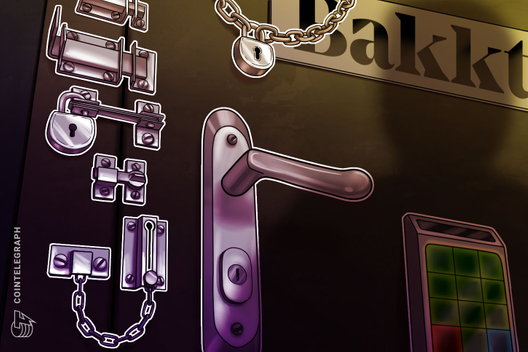Wrapped Crypto Tokens, Explained
1.
What is a wrapped token?
A wrapped token is an asset hosted on the Ethereum blockchain with a price that is the same as another underlying asset, even if it’s not on the same blockchain or on a blockchain at all.
A wrapped token is an ERC-20 token with a value identical to another asset that it represents, either through a smart contract or by being backed one-to-one with the underlying asset.
Wrapped Bitcoin, for instance, is a token worth the same as one BTC at any given moment, as a smart contract algorithm reproduces its price in real time and regulates the underlying fund with supply and demand information gleaned from user transactions. In exchange for their money, wrapped token users get an equivalent amount of value “wrapped up” in an asset that’s more easily mobilized by decentralized applications (DApps).
2.
How do wrapped tokens work?
Wrapped tokens are each backed by an equal amount of the underlying asset or currency — as well as a variety of organizational roles, and algorithmic checks and balances.
DApps can process wrapped token transactions much faster because they aren’t done across multiple blockchains. Users can transact confidently because wrapped tokens’ trustless nature is preserved by a framework that backs each one-to-one with the underlying assets.
The complex model is enough to provide DApp users native access to other cryptocurrencies without burdening both blockchains in the processing of any DApp transaction. One minimal gas fee on Ethereum is all it takes.
Governance over wrapped tokens is typically done by assigning necessary roles to organizations, predominantly custodians who hold underlying assets and mint (or burn) new wrapped tokens as necessary. Merchants provide a medium to wrapped token buyers, while users own the tokens.
3.
What is Zcash?
Zcash is a cryptocurrency that can be transacted anonymously, with no address information visible on the public ledger record.
Zcash is a special and easily transactable cryptocurrency that derives value from the ability to allow private transactions within a public blockchain. Relying on a cutting-edge zk-SNARKS system that takes advantage of zero-knowledge proofs, transactions in Zcash can occur with algorithmically significant certainty of their validity without revealing their contents.
For privacy-focused individuals, that means payments can be made to Zcash wallets, which are verifiable and safe yet exempt from broadcasting the addresses or amounts involved. Transactions can be sent either with “t-addresses” (i.e., transparent) or “z-addresses” (i.e., semi-transparent) to adjust their level of metadata contained. All applications using Zcash treat each coin equally despite its transaction history, just like cash.
4.
Why did Zcash launch a wrapped token?
The Wrapped Zcash token will provide Ethereum DApp users with the coin’s anonymity advantages, plus a reliable way to invest in Zcoin, thereby boosting its market.
Wrapped Zcash is a way for Zcash to be used within financial applications built on Ethereum — it opens a bridge from one ecosystem to the other. This two-way street benefits both Zcash and Ethereum users, as Zcash users are able to transact and invest within the many decentralized financial applications built on ETH.
Related: Blockchain Interoperability, Explained
This integration also brings an effect on the supply and demand for Zcash, which could prove a significant tailwind. For Ethereum users, the privacy benefits of Zcash enabled by its z-addresses and t-addresses provide new ways for decentralized finance (DeFi) applications to limit the publication of identifying information held in transaction data while still passing auditory and compliance standards.
5.
What kinds of wrapped tokens are there?
Because Ethereum is the biggest DeFi ecosystem, wrapped tokens are often those hosted on other blockchains but are also stablecoins that are pegged to the dollar.
Many of the first wrapped assets were, in fact, fiat-backed stablecoins, such as tokens with prices pegged to the dollar — Tether, Coinbase’s USDC or TrueUSD. There are also euro, yen, yuan and countless other fiat stablecoins that are mostly based on the Ethereum blockchain.
These are backed accordingly via the reserves, with coins fed in according to the demand of online crypto exchanges and larger institutional investors who want to quickly exchange fiat money into crypto and manage their money within a given platform.
This makes it as easy to deposit dollars into DeFi applications and blockchain wallets as it does to have a reliable counter currency providing traders relief from crypto asset volatility. Other cryptocurrencies are beginning to launch wrapped versions of their tokens on Ethereum in larger numbers, with interoperability a vital consideration for solutions that want to be taken seriously.









